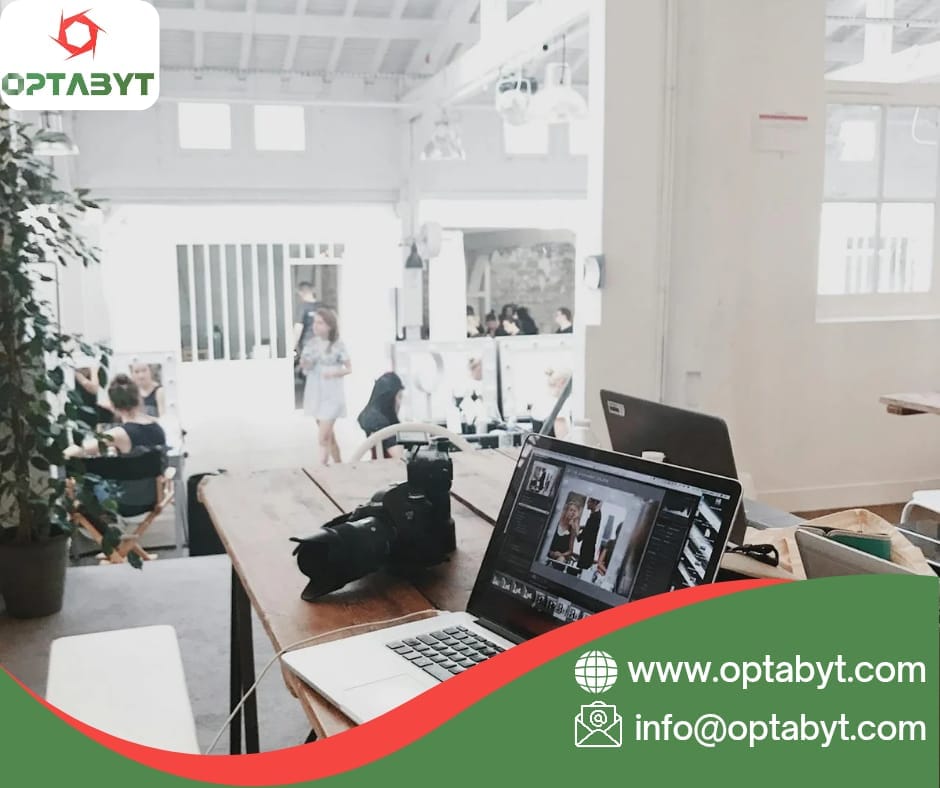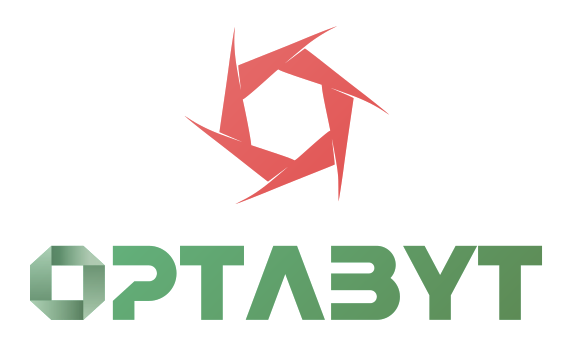
Table of Contents
ToggleDrupal Utvikling Norge: Secure and Scalable Websites for Norwegian Businesses
Table of Contents
Introduction
As digital transformation accelerates across Norway, businesses need powerful, secure, and scalable websites that adapt to evolving user expectations. Among the top-tier content management systems (CMS) available, Drupal stands out for its flexibility, security, and enterprise-grade capabilities. That’s why more organizations are turning to Drupal utvikling Norge (Drupal development in Norway) to create custom digital platforms that deliver performance and reliability.
Whether you’re a government agency, university, NGO, or enterprise, Drupal offers the tools and extensibility you need—especially when developed by local experts who understand Norwegian standards, privacy laws, and multilingual needs.
In this article, we’ll dive deep into everything you need to know about Drupal development in Norway: what it is, who it’s for, why it matters, and how to get started.
What Is Drupal?
Drupal is an open-source content management framework used to build dynamic websites and web applications. Known for its strong security, modular architecture, and multilingual capabilities, Drupal is ideal for complex websites that need custom workflows, scalable infrastructure, and granular user roles.
Key features include:
Content versioning and moderation
Advanced user permissions
RESTful APIs for headless use
Built-in multilingual support
Security framework and compliance tools
Support for structured data (taxonomy, content types)
Drupal is the preferred CMS for:
Government institutions
Universities and educational platforms
Large enterprises
Media and publishing companies
NGOs and international organizations
Why Choose Drupal Utvikling in Norway?
1. Security and GDPR Compliance
Norwegian businesses must comply with strict EU data protection laws. Drupal provides:
User data encryption
Advanced login and permission controls
Secure form handling
GDPR-ready modules and cookie management
2. Multilingual Capabilities
Norway is a multilingual country (Bokmål, Nynorsk, English). Drupal allows full localization of:
Menus and blocks
URLs and SEO metadata
Content nodes and forms
Admin interface
3. Enterprise-Ready Architecture
For organizations that require high-performance and enterprise-level integrations, Drupal offers:
Scalability with caching (Redis, Varnish)
API integrations (CRM, ERP, marketing tools)
Microservices and headless capabilities
Workflow customization with low-code tools
4. Flexible Design and Layout Control
With Drupal, you can build:
News portals with advanced filtering
E-commerce stores
Intranets or portals
Membership systems
Resource libraries and knowledge bases
5. Support from Norwegian Drupal Experts
Drupal utvikling Norge ensures:
Local compliance and regulation understanding
Language-specific solutions
.no domain setup and hosting
Ongoing maintenance in the same time zone
Drupal vs Other CMS Platforms
| Feature | Drupal | WordPress | Joomla |
|---|---|---|---|
| Security | Enterprise-grade | Moderate | Moderate |
| Scalability | High | Medium | Medium |
| Multilingual Support | Native | Plugin-based | Plugin-based |
| Custom Content Types | Advanced | Limited | Moderate |
| API and Headless Use | Built-in REST, GraphQL | Limited | Basic |
| Best Use Case | Government, Enterprise | Blogs, SMEs | Community Sites |
Common Use Cases for Drupal in Norway
Government and Public Sector
Drupal is trusted by municipalities and government departments to power their secure public websites and internal portals.
Education and Universities
Universities in Norway use Drupal for portals, LMS integration, faculty directories, and course management.
NGOs and Non-Profits
Drupal’s multilingual and donation integration capabilities make it perfect for organizations working across borders.
Healthcare
Strict data privacy laws and secure login systems are easily supported by Drupal’s architecture.
Media and Publishing
Drupal is a go-to platform for editorial workflows, multi-author environments, and rich media handling.
Our Drupal Development Services in Norway
Custom Drupal Website Development
We build tailored Drupal websites from scratch using the latest versions (Drupal 9 and 10).
Drupal Theming and Frontend Design
Custom themes using Twig, responsive layouts, accessibility (WCAG) compliance, and performance optimization.
Headless Drupal Development
Frontend frameworks like React or Vue.js connected via REST or GraphQL APIs for blazing fast, dynamic experiences.
Drupal Module Development
We build and configure custom modules for specialized business logic and integrations.
E-commerce with Drupal Commerce
Scalable and secure e-commerce stores with features like:
Multiple payment gateways (Vipps, Klarna, Stripe)
Product filtering and search
Multi-language product pages
Tax and shipping rules for Norway
SEO & Performance Optimization
Clean URLs, meta tags, and XML sitemaps
Google Analytics and Facebook Pixel integration
Core Web Vitals compliance
Hosting & Maintenance
Secure Norwegian data centers
Uptime monitoring
Regular updates and security patches
Full backups and rollback capabilities
Drupal Development Workflow
1. Discovery & Planning
We understand your goals, user personas, and technical requirements.
2. Wireframes & Prototyping
Interactive mockups for stakeholder approval.
3. Development
Backend and frontend development, module integration, and CMS configuration.
4. Testing
Cross-browser testing, speed audits, accessibility review, and user testing.
5. Deployment
Live deployment with performance optimization, hosting setup, and DNS configuration.
6. Support & Maintenance
We provide SLA-backed support with monthly updates and analytics reporting.
Pricing for Drupal Development in Norway
| Project Type | Estimated Cost (NOK) | Timeline |
|---|---|---|
| Basic Drupal Website | 60,000 – 90,000 | 4 – 6 weeks |
| Multilingual Government Site | 120,000 – 200,000 | 6 – 10 weeks |
| Drupal Commerce Store | 150,000 – 300,000+ | 8 – 12 weeks |
| Custom Web Application | 250,000+ | 12 – 16+ weeks |
Prices may vary based on complexity, content volume, and features.
10 Frequently Asked Questions (FAQs)
1. What is Drupal and why use it in Norway?
Drupal is a secure, open-source CMS used by governments and enterprises. It supports Norwegian languages, privacy laws, and complex content structures.
2. Is Drupal better than WordPress for enterprise websites?
Yes, Drupal is more suitable for large-scale, high-security, multilingual, and modular websites.
3. Can you build multilingual websites with Drupal?
Absolutely. Drupal natively supports Bokmål, Nynorsk, English, and other languages.
4. Is Drupal good for e-commerce?
Yes, Drupal Commerce allows full control over product types, pricing, and integrations.
5. Is Drupal compliant with GDPR?
Yes. Drupal provides robust data protection features, cookie consent tools, and secure user handling.
6. What industries benefit most from Drupal utvikling?
Government, education, healthcare, media, NGOs, and large enterprises.
7. Can you integrate Vipps and Klarna in Drupal Commerce?
Yes, we integrate local Norwegian payment gateways seamlessly.
8. Do you offer Drupal hosting in Norway?
Yes, we provide high-performance hosting in GDPR-compliant Norwegian data centers.
9. What version of Drupal do you use?
We develop using the latest stable version—currently Drupal 10.
10. Do you offer maintenance after launch?
Yes. We offer monthly support plans for updates, backups, SEO, and security.
Conclusion
Drupal is a powerful platform for building modern, secure, and scalable websites in Norway. From public institutions and educational platforms to commercial enterprises and NGOs, Drupal offers unmatched flexibility, multilingual support, and compliance with Norway’s legal standards.
If you’re seeking Drupal utvikling Norge tailored to your industry and audience, partnering with a local team ensures cultural alignment, regulatory compliance, and long-term success. Ready to create a website that performs, converts, and grows with your business?
